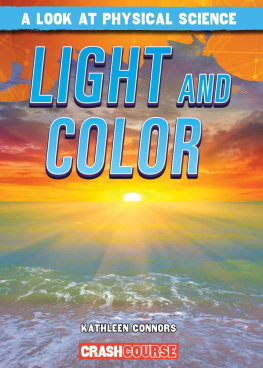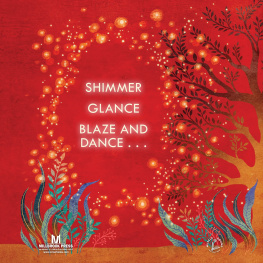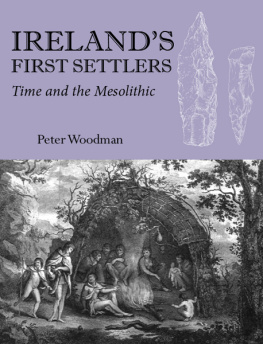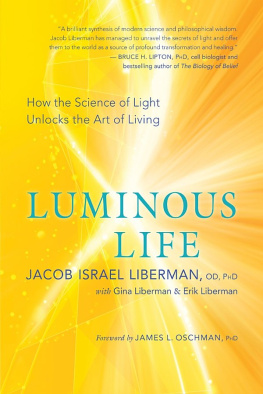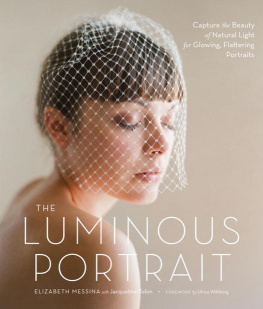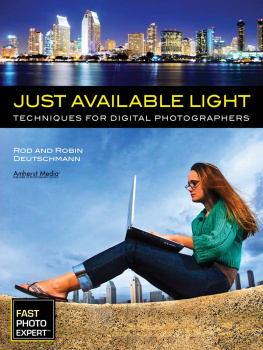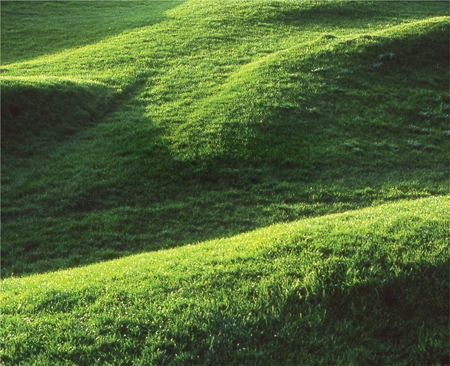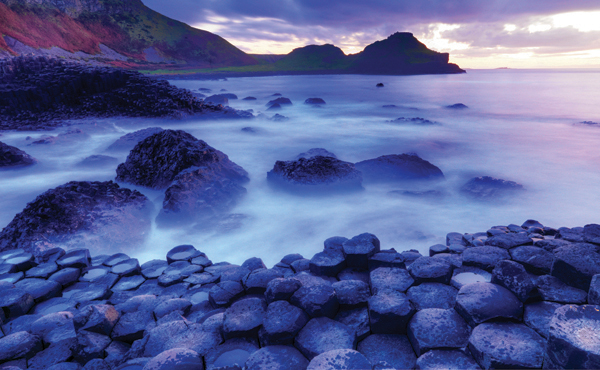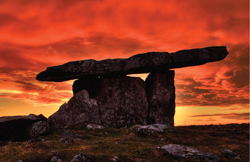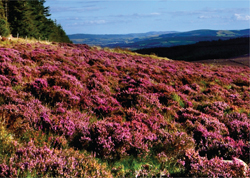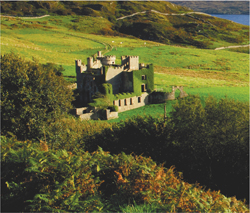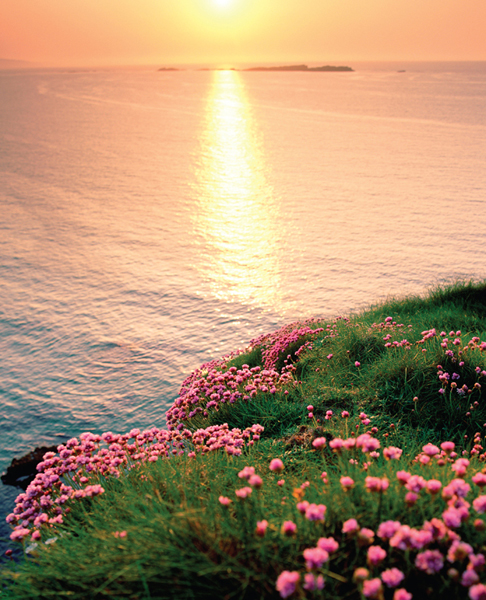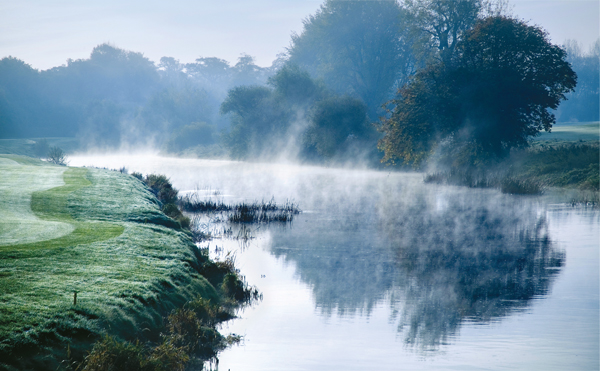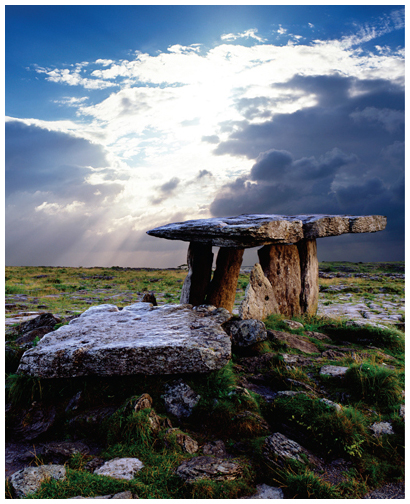Peter Harbison - Ireland--A Luminous Beauty
Here you can read online Peter Harbison - Ireland--A Luminous Beauty full text of the book (entire story) in english for free. Download pdf and epub, get meaning, cover and reviews about this ebook. year: 2014, publisher: St. Martins Publishing Group, genre: Religion. Description of the work, (preface) as well as reviews are available. Best literature library LitArk.com created for fans of good reading and offers a wide selection of genres:
Romance novel
Science fiction
Adventure
Detective
Science
History
Home and family
Prose
Art
Politics
Computer
Non-fiction
Religion
Business
Children
Humor
Choose a favorite category and find really read worthwhile books. Enjoy immersion in the world of imagination, feel the emotions of the characters or learn something new for yourself, make an fascinating discovery.

- Book:Ireland--A Luminous Beauty
- Author:
- Publisher:St. Martins Publishing Group
- Genre:
- Year:2014
- Rating:3 / 5
- Favourites:Add to favourites
- Your mark:
Ireland--A Luminous Beauty: summary, description and annotation
We offer to read an annotation, description, summary or preface (depends on what the author of the book "Ireland--A Luminous Beauty" wrote himself). If you haven't found the necessary information about the book — write in the comments, we will try to find it.
Island light is magical. And none more so than Irelands. Irelands light floods the landscape, luring the senses with a restless presence. The water surrounding and carving through the island reflects back to us the ever-changing movement of the wind-blown clouds and light. Stop for a minute and the settings change: what was straight is bent, light is dark, still is in motion. It is as though an unseen hand directs the wind, the clouds, and the light to harness our attention.
Ireland: A Luminous Beauty is a collection of stunning full-color photographs by some of Irelands finest landscape photographers with concise text blending history, myth, and a sense of place. Many of the photographs were taken in the early morning light or as the sun set. That hour after sunrise and before sunset, with the sun low in the sky, is known to photographers as the golden hour and favored for its soft, diffused light.
We take a journey to one of the most beautiful places in the world. From the ancient stone monuments of the Boyne Valley to the treacherous stone steps of Skellig Michael; from the distinctive columns of the Giants Causeway and the spectacularly sited Dunluce Castle ruins to lush, green countryside and fields of heather; from the limestone of the Burren (the rockiest part of Ireland) to exuberant stretches of flowers and gardens; from a moody sea and crashing surf to massive stone cliffs battered by the relentless pounding of the waves, and from steely rivers to tranquil lakes, its all here.
The Irish respond to this dramatic environment by transforming it into one that solidifies and enriches their own sense of place. We all have this instinct to create our own space, but the Irish have made an art of it. Through the ancient, natural, and cultivated landscapes, surrounded by history and legend, we discover and celebrate the spirit of Ireland and its luminous beauty.
Peter Harbison: author's other books
Who wrote Ireland--A Luminous Beauty? Find out the surname, the name of the author of the book and a list of all author's works by series.

